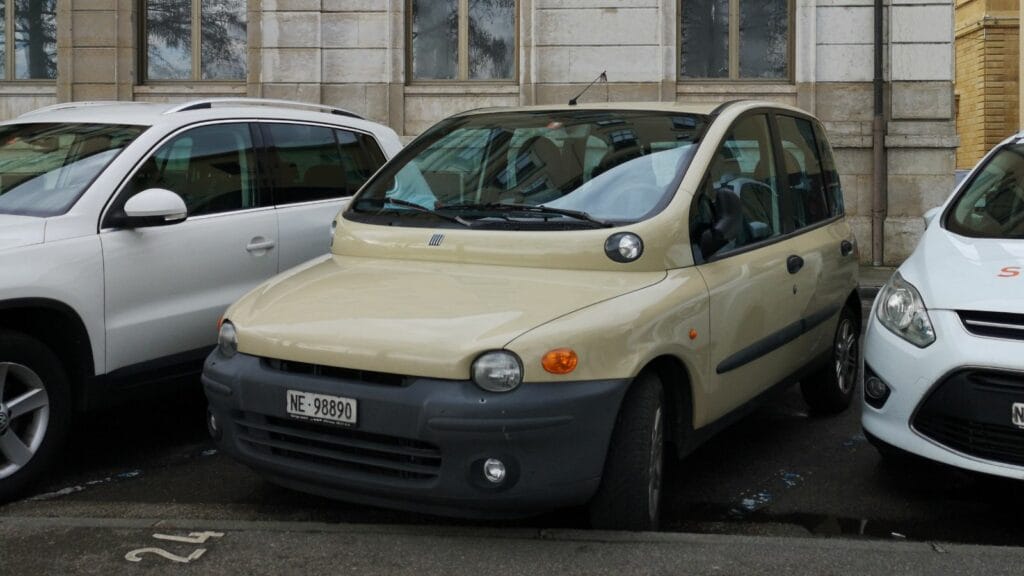The 2000s were a decade where automakers seemed obsessed with experimenting. Retro throwbacks, futuristic crossovers, and quirky compact cars were launched with the hope of standing out. Some designs were bold in the right way, but others missed the mark completely. A handful of cars from that era became infamous for their awkward proportions, questionable styling, or simply bizarre concepts. Looking back now, these ten models from the 2000s stand out as some of the ugliest cars ever to hit the streets.
Pontiac Aztek
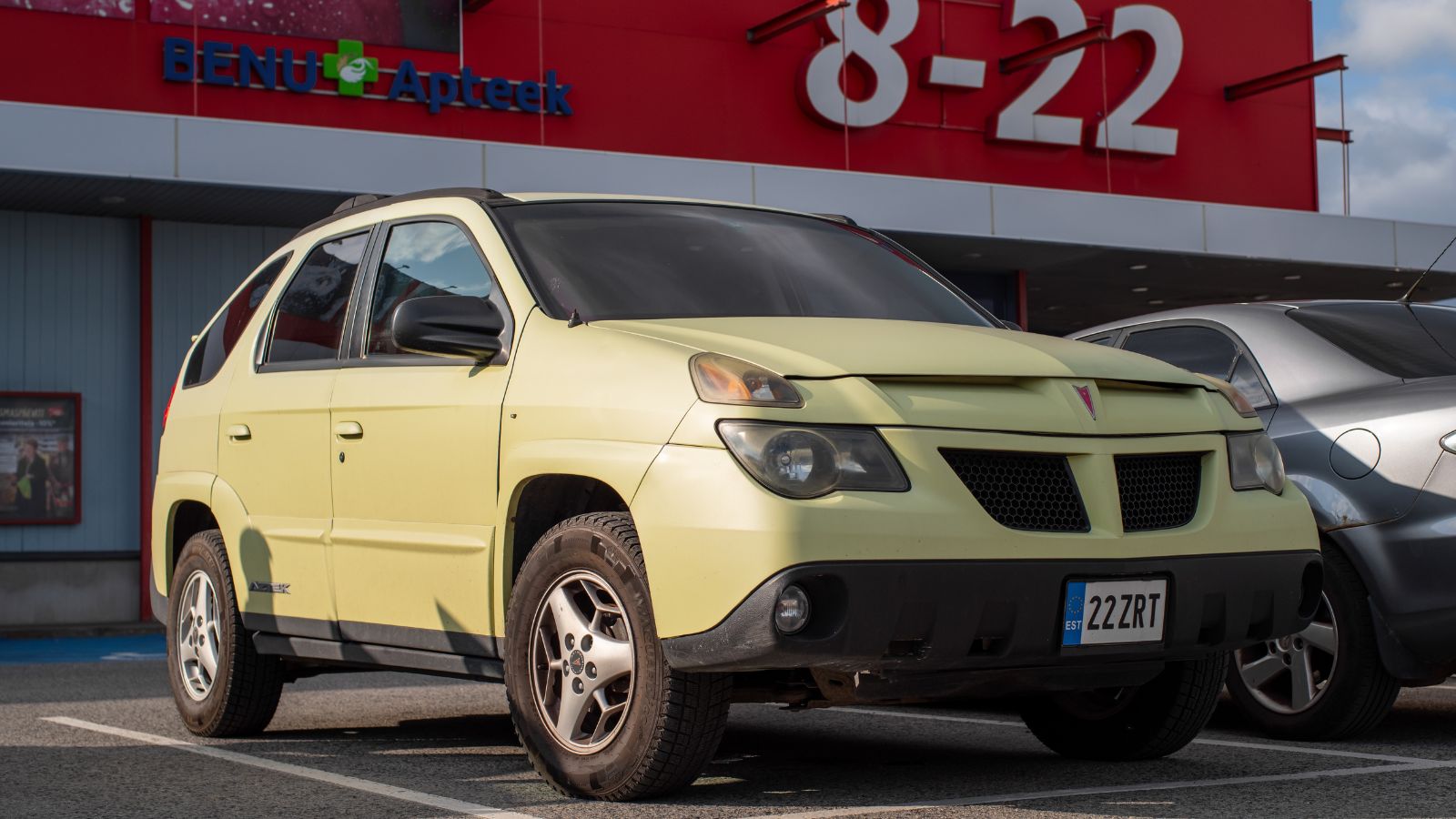
Few cars are as infamous as the Pontiac Aztek. GM wanted to create a futuristic crossover, but the result was a design that looked like three different cars glued together. The split headlights, chunky plastic cladding, and odd roofline made it instantly controversial. Canadians saw plenty of them because they were roomy, affordable, and came with available all-wheel drive, but that didn’t make them easier on the eyes. The Aztek later gained a cult following thanks to its starring role in Breaking Bad, but for most of its life it was the butt of endless jokes. It’s remembered more for its ugly duckling looks than for its practicality.
Chrysler PT Cruiser
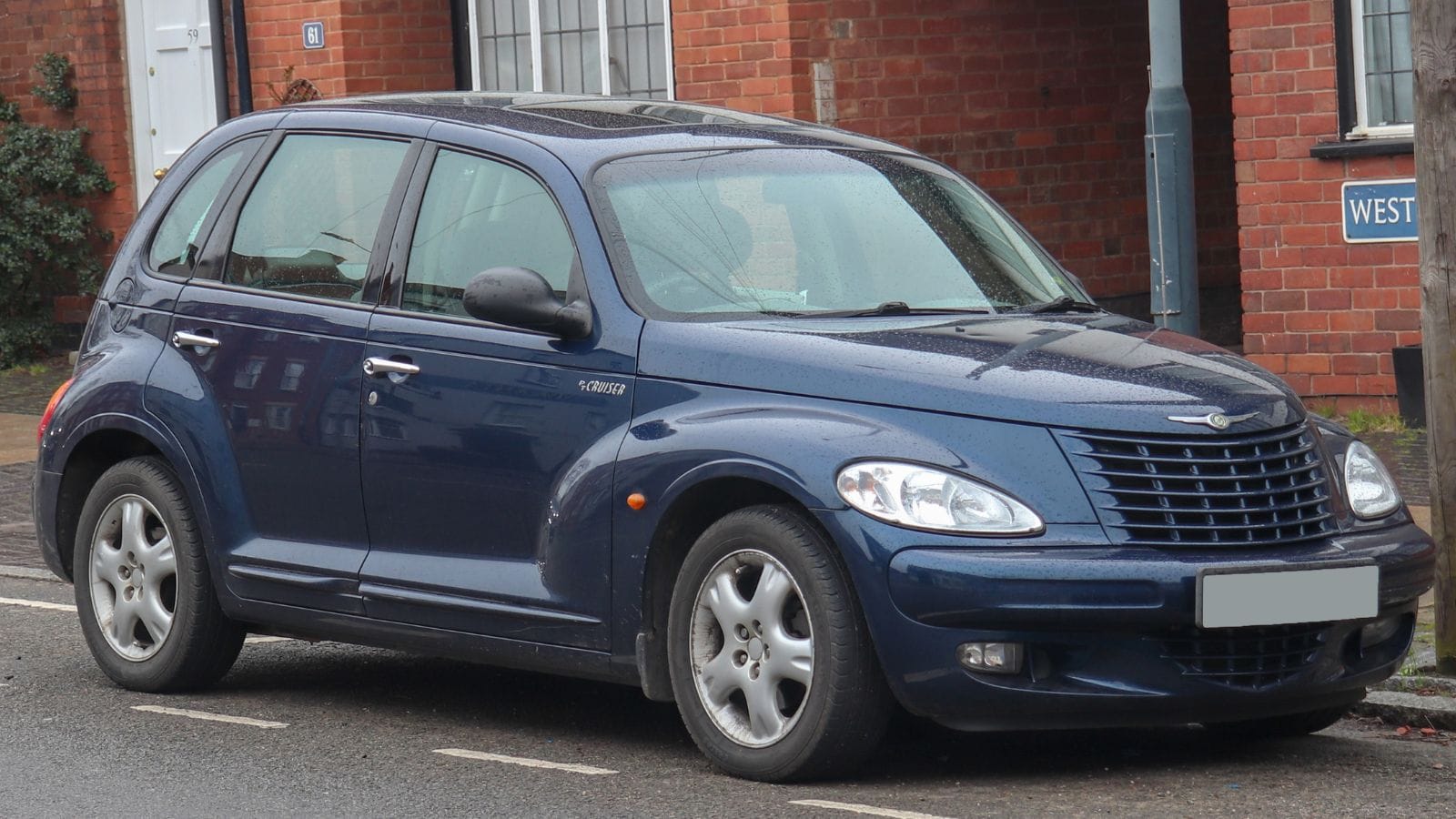
When the PT Cruiser first launched, buyers were intrigued by its retro styling. At first, it seemed cool — a nod to 1930s hot rods in a modern package. But the exaggerated fenders, bulbous roofline, and awkwardly tall body made it age faster than milk in the sun. By the late 2000s, it was widely mocked as cartoonish rather than stylish. Canadians initially flocked to it because of its versatility and low price, but it quickly fell out of favor. Today, it’s hard to find anyone willing to call the PT Cruiser good-looking, though it still has a small cult of fans who defend its oddball charm.
Hummer H2
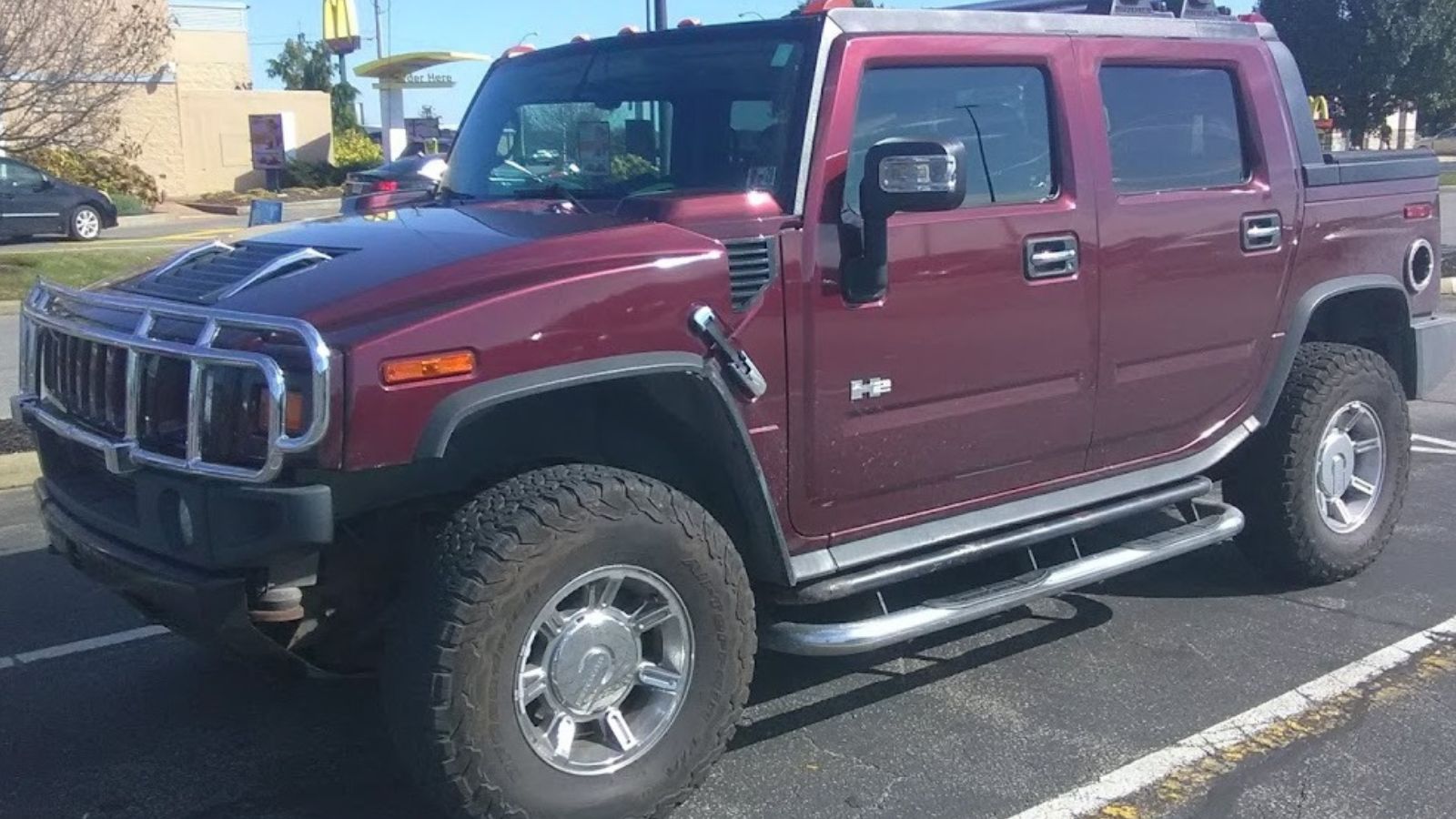
The H2 was designed to be the ultimate macho SUV, and in some ways it succeeded — it was big, brash, and impossible to ignore. But its proportions were so over the top that even fans admit it was more absurd than stylish. It looked like a military truck wearing too much plastic jewelry, with blocky lines that screamed excess rather than design. Canadians bought them in decent numbers, especially in Alberta where oil money was flowing, but they quickly became symbols of poor taste. The H2 had presence, yes, but beauty? Not a chance.
Suzuki X-90
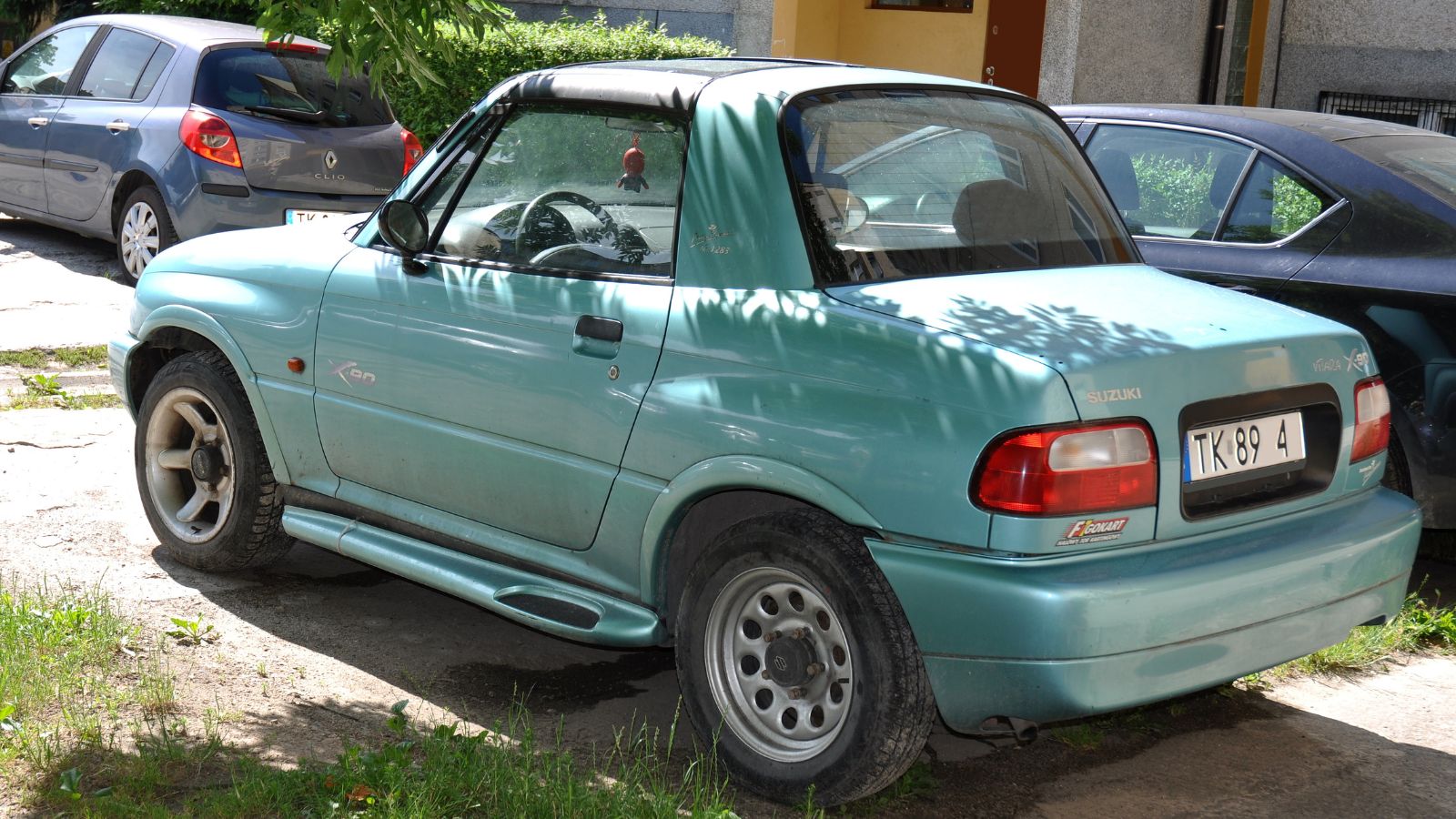
Technically introduced in the late 90s but sold into the early 2000s, the Suzuki X-90 was one of the strangest cars ever produced. It was part SUV, part coupe, and part experiment gone wrong. With T-tops, two seats, and stubby proportions, it confused buyers everywhere. Was it meant to be sporty? Was it meant to be rugged? The headlights and rounded body only added to the awkwardness. In Canada, it was rare even when new, but those who did see one often did a double take. The X-90 was a design oddity that never found its audience.
Fiat Multipla
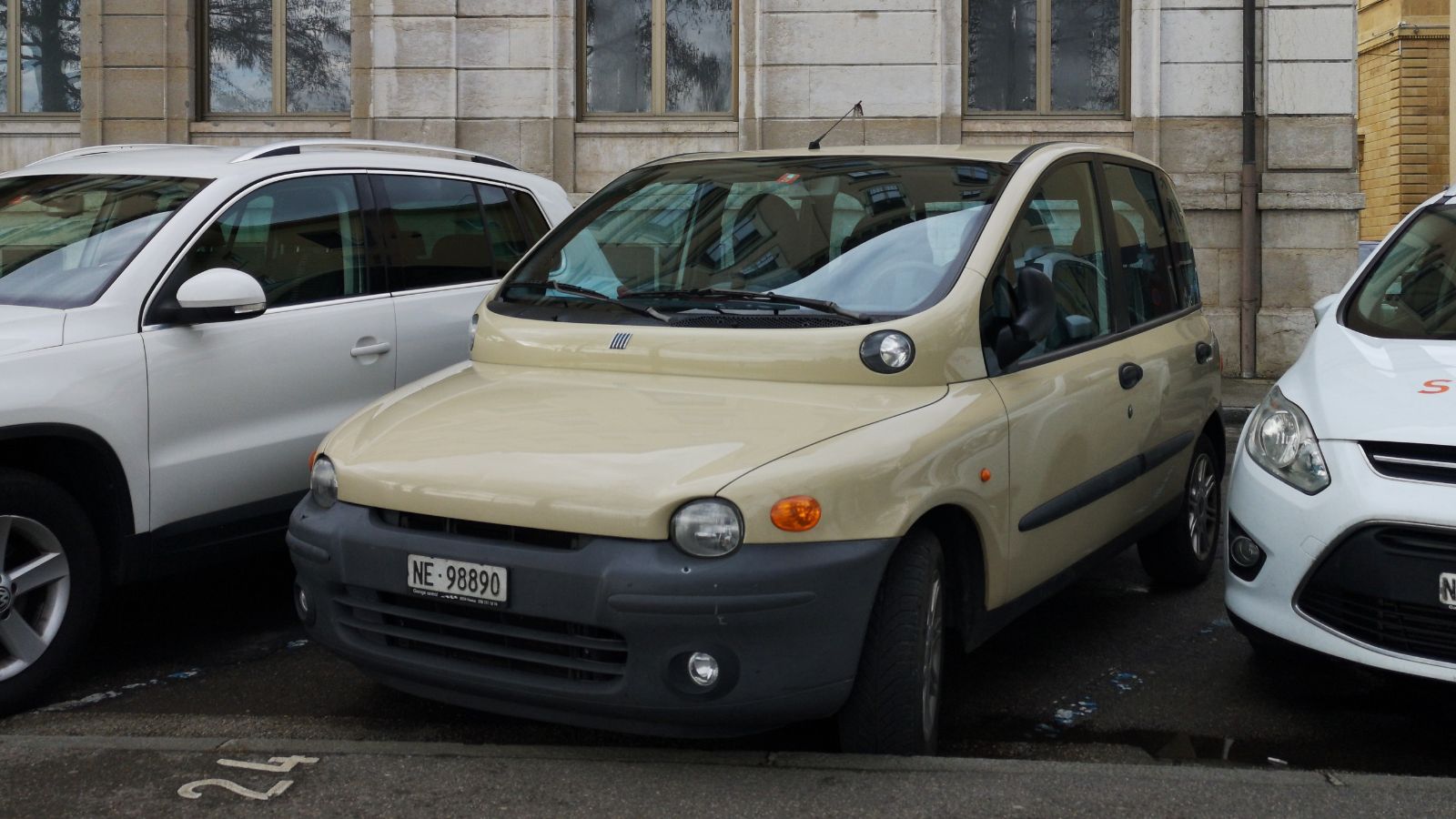
The Fiat Multipla wasn’t sold in Canada, but its global reputation for being one of the ugliest cars of all time can’t be ignored. Photos made their way across the Atlantic, and Canadians joined in the collective cringing. The multipanel headlight design, tall stance, and bulbous proportions made it look more like a science experiment than a family car. Inside, it was clever and spacious, but the exterior design turned it into a rolling joke. The Multipla has since gained ironic love as “so ugly it’s cool,” but in the 2000s it was simply ridiculed.
Nissan Cube
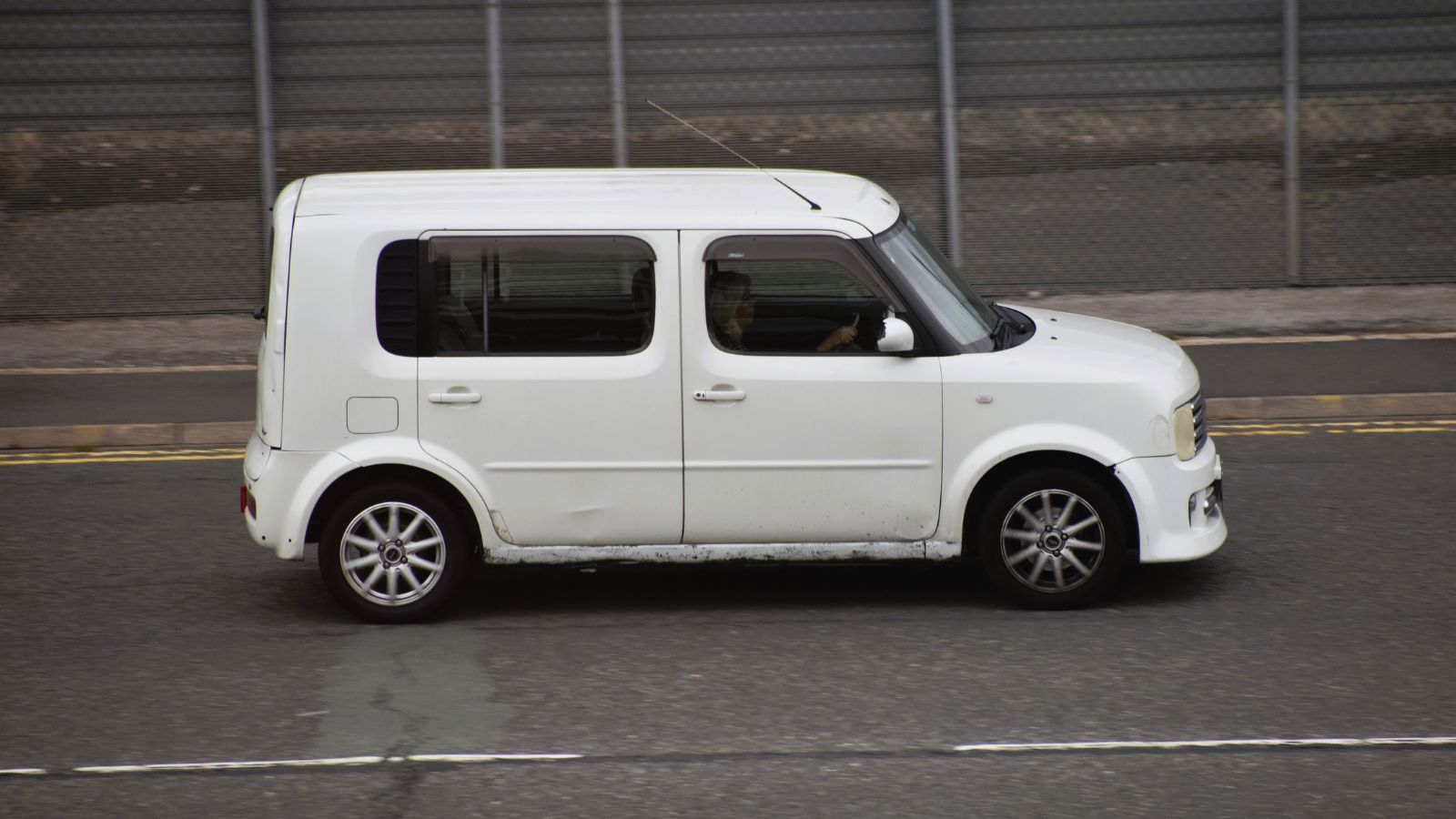
The Cube was marketed as quirky and hip, aimed squarely at younger urban buyers. Its asymmetrical rear window, slab sides, and refrigerator-on-wheels styling made it instantly polarizing. Some Canadians loved it for being different, but most found it laughably awkward. Its tall roofline and boxy look made it practical inside, but nobody could pretend it was attractive. Even among box-shaped cars like the Scion xB, the Cube stood out for being unusually strange. It’s one of those cars that tried too hard to be cool and ended up weird instead.
Chevrolet SSR
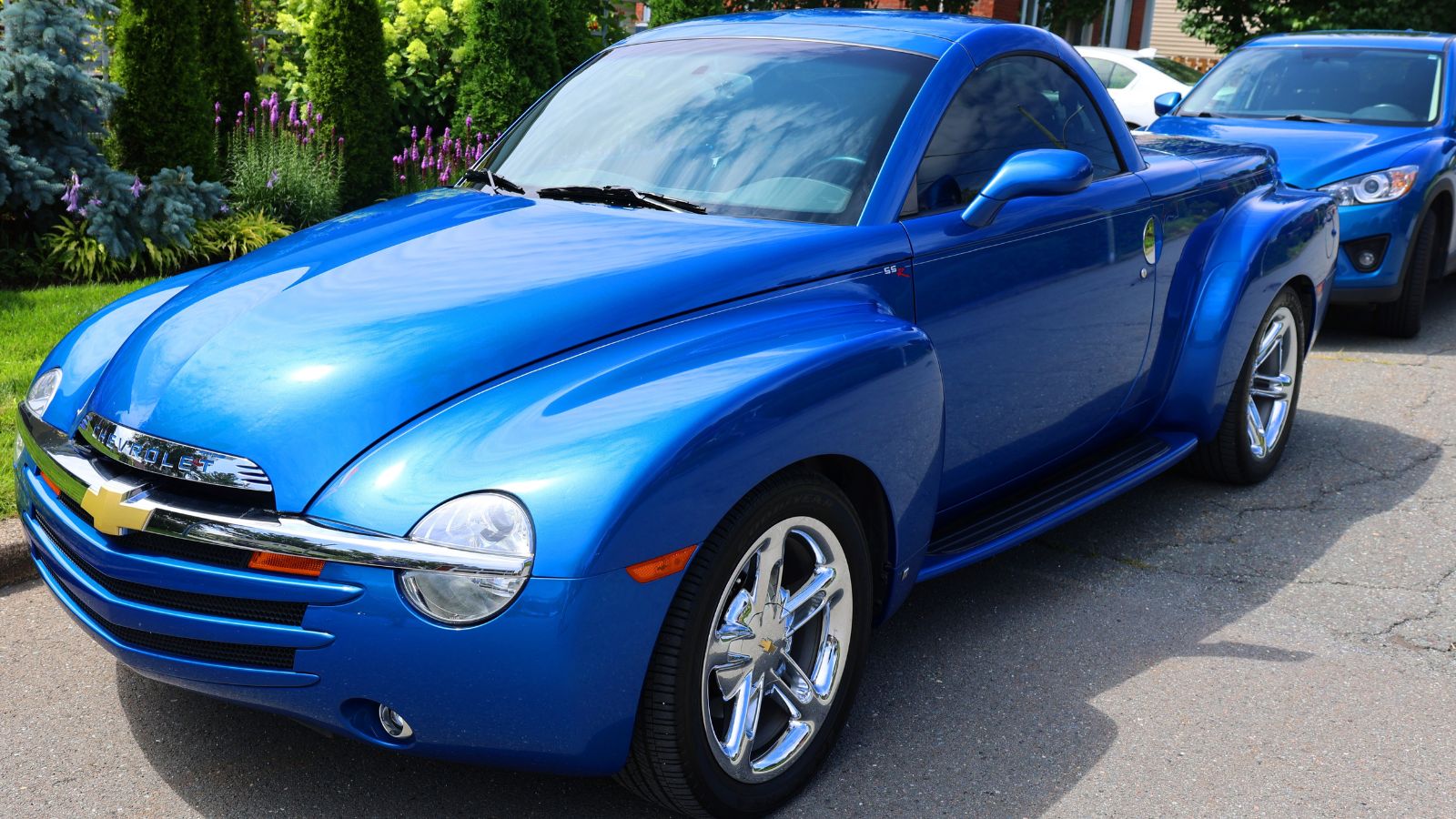
The Chevrolet SSR was GM’s attempt to merge a retro pickup with a convertible sports car, and the result was more odd than impressive. Its bloated fenders, awkward stance, and confused identity made it look like a toy rather than a proper vehicle. Canadians who bought one were after uniqueness, but most drivers thought it was an eyesore. The SSR had a powerful V8 and some fun factor with its drop-top roof, but the styling doomed it from the start. It’s now remembered as one of GM’s strangest design experiments of the 2000s.
Honda Element
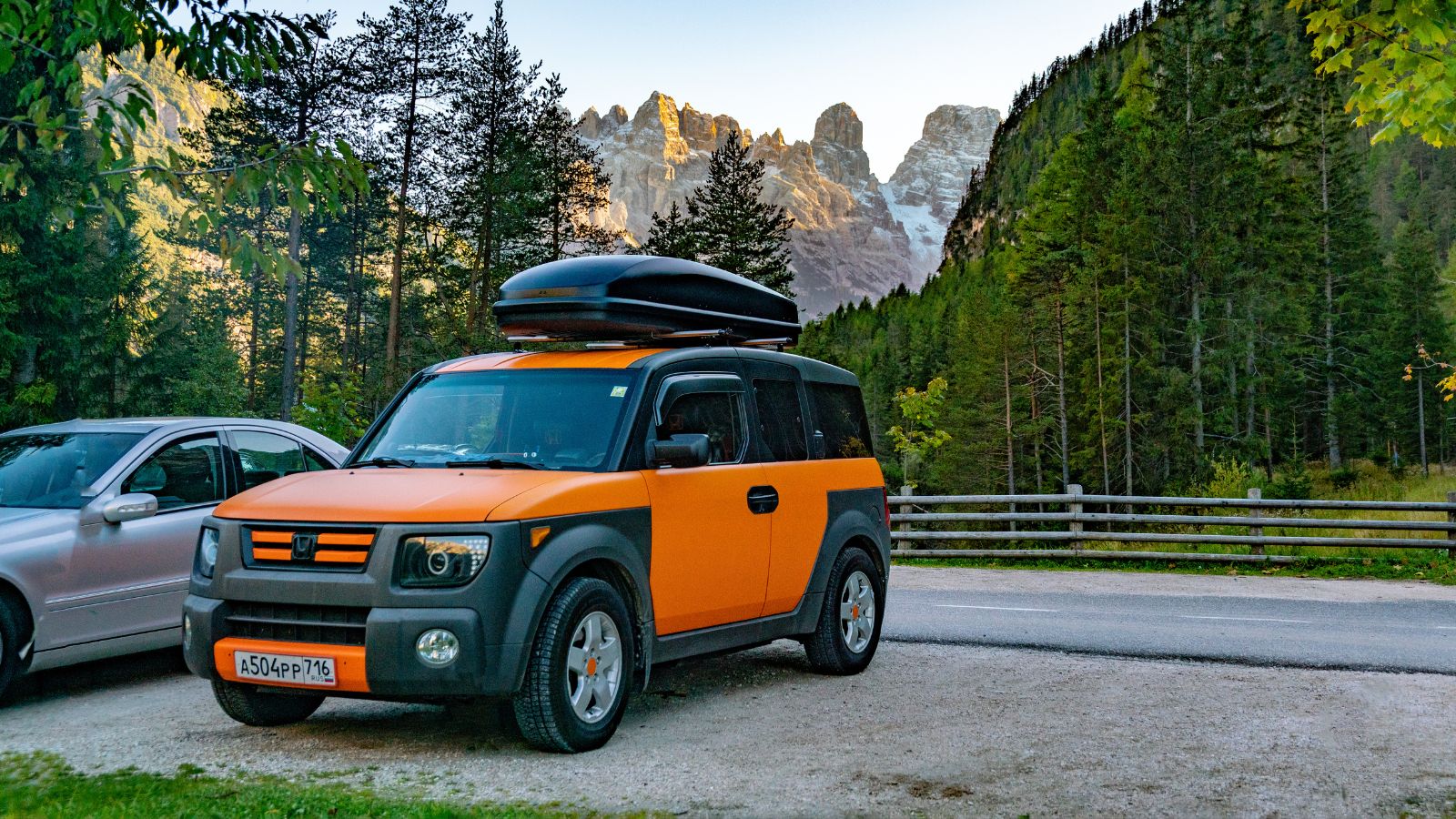
The Honda Element was one of the most practical and versatile vehicles of the decade. With wipe-clean floors, rear-hinged doors, and tons of interior space, it was loved by dog owners and campers alike. But its looks were polarizing. The chunky panels, square lines, and plastic cladding made it look unfinished, like a concept car that accidentally made it to production. Canadians valued its durability and usefulness, but few ever praised its styling. Today, it has a cult following, but most people still agree it was ugly.
Scion xB (First Generation)
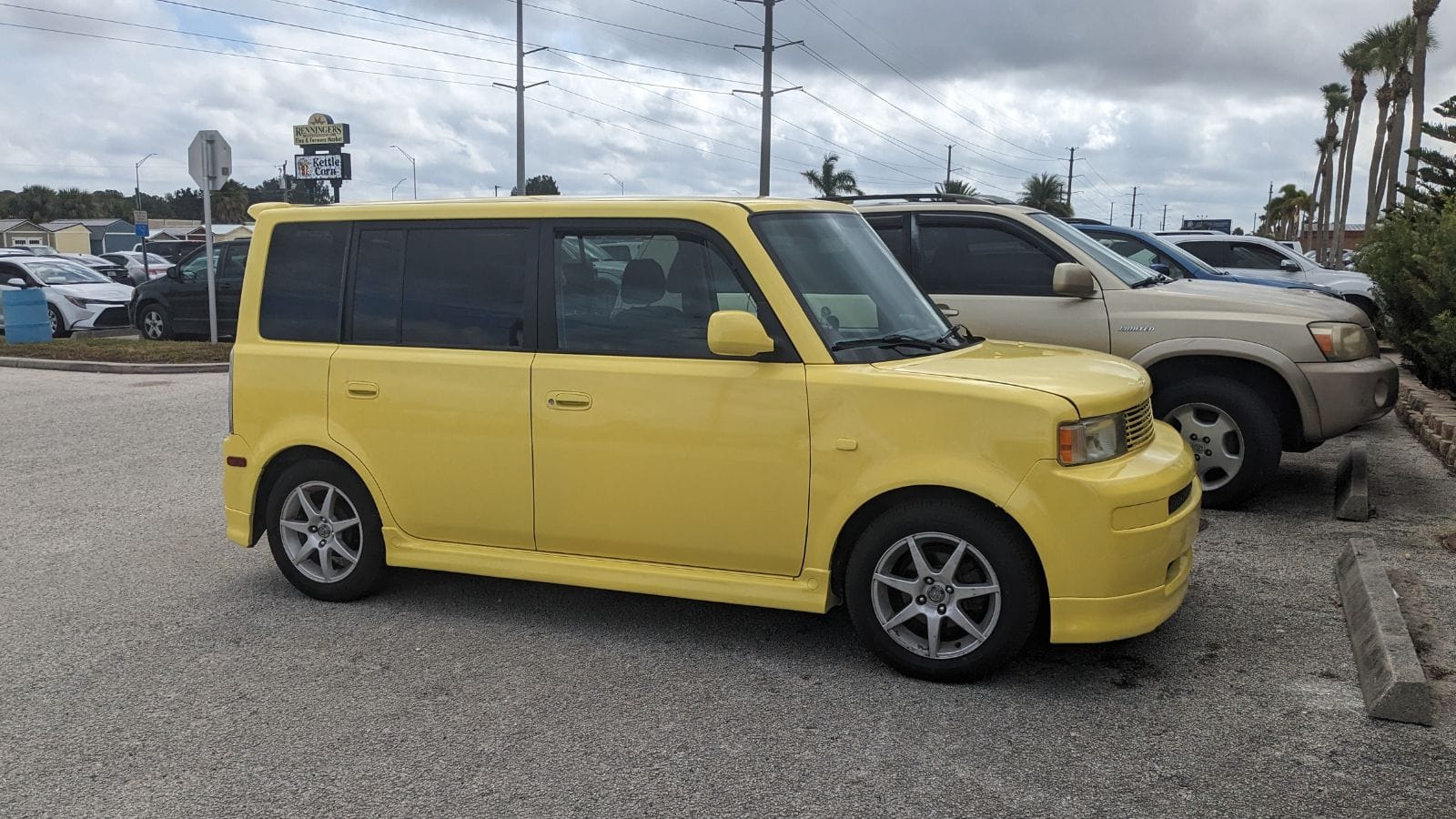
Toyota launched Scion in the 2000s to target younger buyers, and the xB was one of the brand’s key models. The first-generation xB looked like a rolling toaster, with flat sides, sharp angles, and awkward proportions. While it delivered good fuel economy and lots of space for the price, its styling drew constant mockery. Canadians who tried Scion mostly wanted value and practicality, but the xB never managed to shake its reputation for being one of the most unattractive compacts of the decade.
Subaru B9 Tribeca
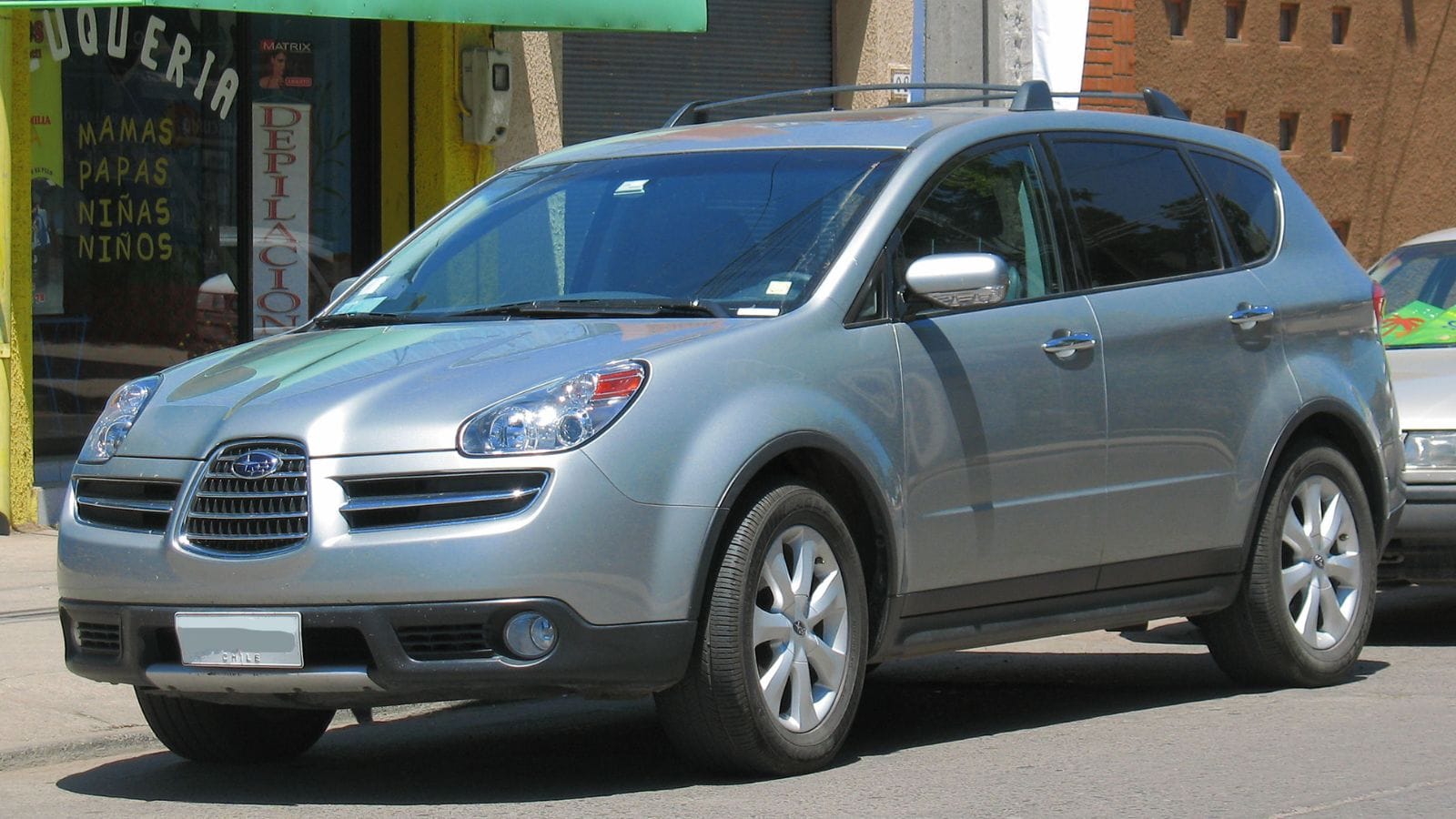
The Subaru B9 Tribeca is remembered less for its capability and more for its bizarre front end. Subaru wanted to introduce a new design language, but the airplane-inspired grille ended up looking awkward and out of place. Canadians appreciated Subaru’s all-wheel drive and reliability, but the styling hurt sales badly. Within a few years, Subaru ditched the look entirely, quietly admitting it had been a mistake. The Tribeca itself faded away soon after, and its odd design remains a cautionary tale of how not to reinvent a brand’s identity.
25 Facts About Car Loans That Most Drivers Don’t Realize

Car loans are one of the most common ways people fund car purchases. Like any other kind of loan, car loans can have certain features that can be regarded as an advantage or a disadvantage to the borrower. Understanding all essential facts about car loans and how they work to ensure that you get the best deal for your financial situation is essential. Here are 25 shocking facts about car loans that most drivers don’t realize:
25 Facts About Car Loans That Most Drivers Don’t Realize
